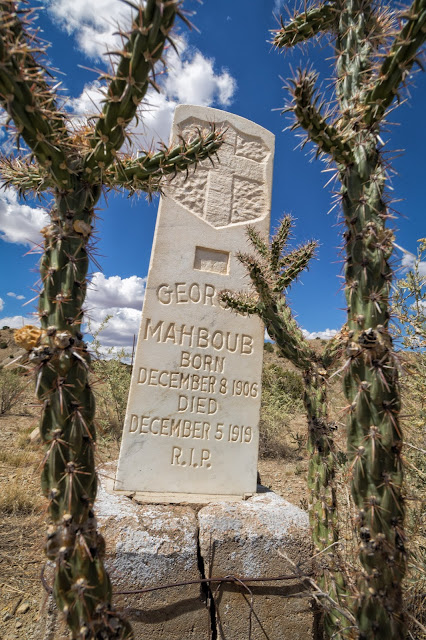Something that is probably quite ineffable:
The backward look behind the assurance
Of recorded history . . .
-- T. S. Eliot, "The Dry Salvages," Four Quartets
Last week my friend, Bruce, and I took a day trip to Fort Union National Monument in northeastern New Mexico, about 150 miles from Albuquerque. Fort Union was a key U.S. military outpost on the Santa Fe Trail in the 19th century.
The now-historic Santa Fe Trail was a major but dangerous conduit for commerce between the United States and Mexico from about 1822 to about 1879, when the Atchison, Topeka, and Santa Fe railroad reached Santa Fe.
The trail stretched 900 miles from Missouri to New Mexico, with two branches -- the Mountain Route (northern branch) and the Cimarron Cutoff (southern branch). The Cimarron Cutoff was the shorter route, but was more hazardous because it had few sources of food and very little water.
The two branches reconnected in northeastern New Mexico about 90 miles from Santa Fe, and in 1851 -- three years after the end of the Mexican-American War -- the United States constructed the first of three incarnations of a military post called Fort Union to protect commerce and settlers.
The second version of Fort Union was built in 1861-2 as a defensive outpost during the Civil War, and was the only obstacle between the Confederates -- who had moved up the Rio Grande and captured Santa Fe in March, 1862 -- and the gold fields of Colorado. U.S. soldiers from Fort Union, augmented by volunteers from Colorado, met the Confederates at the Battle of Glorieta Pass, about halfway between Fort Union and Santa Fe. The U.S. troops prevailed; the Confederates retreated back to Texas; and the western reaches remained secure for the rest of the Civil War.
The third Fort Union was built in 1862, and served not only as security for the Santa Fe Trail, but also as a supply depot for military posts in New Mexico, Colorado, Oklahoma, Texas, and Arizona. Fort Union received, off-loaded, inventoried, stored, and redistributed tons of supplies from 2,000 to 3,000 wagons a year . . . not to mention repairing many wagons in the "Mechanics' Corral" (see photo below) after their arduous trips on the Santa Fe Trail and beyond.
The fort was constructed in the traditional "territorial" architectural style with native stone (for foundations), lumber (for framing and trim), and clay (for bricks and adobe).
 |
| Mechanics' Corral (photo courtesy National Park Service) |
 |
| Officers Row (photo courtesy National Park Service) |
In 1891 the fort was abandoned and was left to decay. It became a national monument in 1954. But over 130 years, time has taken its toll. All that's left are roofless, crumbling adobe walls . . .
The National Park Service works continuously to preserve what they can . . .
. . . but it's a losing battle. The only things that have fared somewhat better are fireplaces and chimneys . . .
and the buildings with walls of stone (rather than adobe), like the jail . . .
and the supply depot . . .
To give you a sense of the scale of the fort, and the devastation of time, here's the earlier image of Officers' Row residences . . .
and what it looks like now:
For me, Fort Union has the look and feel of an American Stonehenge: ancient monoliths on a vast open plain whose original purpose, though in this case known, has been transformed by time and the elements into something mythical and mysterious.
If you would like to see these images (and more) in a larger format, please visit my photography website, Todos Juntos Photography, by clicking here.
































